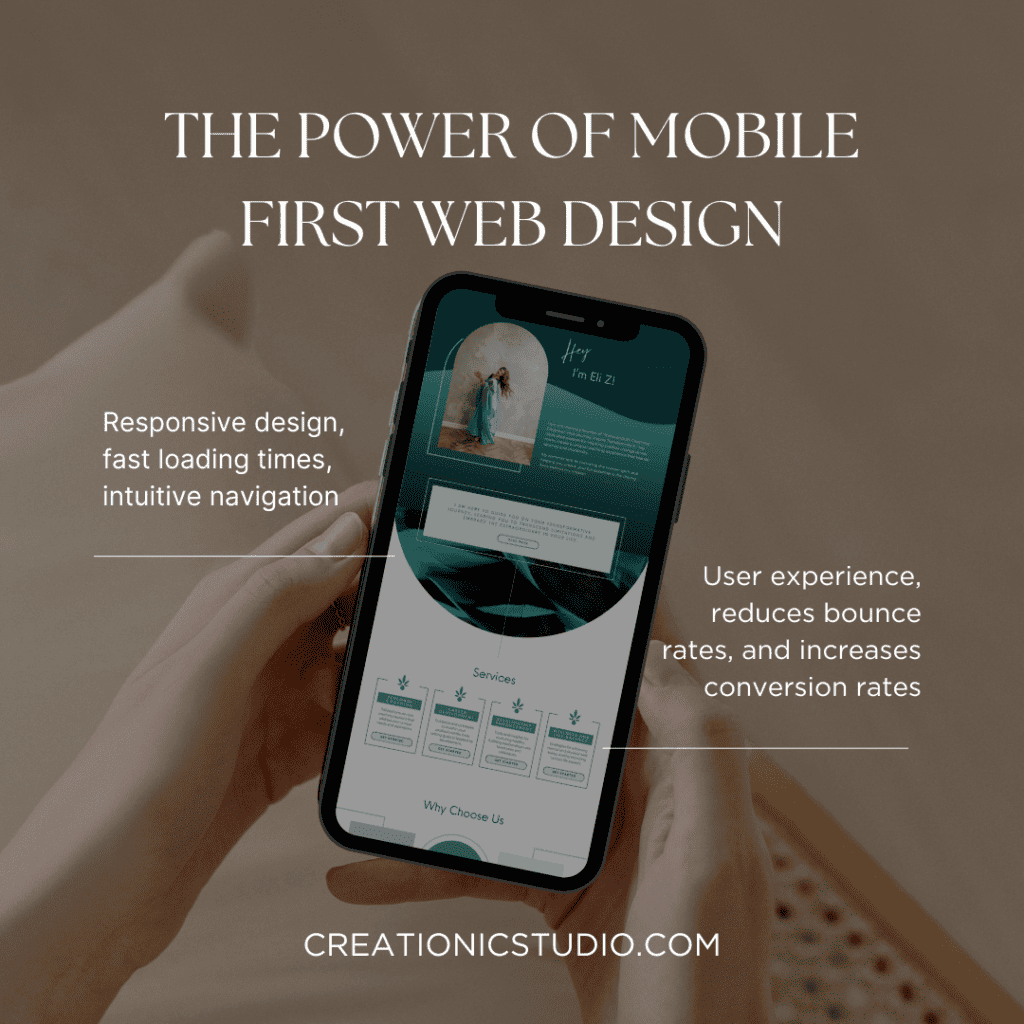In today’s digital age, the prevalence of smartphones has reshaped how users access information. Mobile-first web design is not just a trend; it’s a necessity. In this article, we’ll delve into the definition of mobile-first web design and explore effective strategies to ensure your brand excels in the mobile space.
Key Takeaways:
- Mobile-first web design is an approach that prioritizes designing for mobile devices before desktops, considering the constraints and opportunities of smaller screens.
- Responsive design, fast loading times, intuitive navigation, and touch-friendly interfaces are crucial elements of successful mobile-first web design.
- Google’s mobile-first indexing prioritizes mobile-optimized websites, affecting search engine rankings.
- Mobile-first design enhances user experience, reduces bounce rates, and increases conversion rates.
What is Mobile-First Web Design?
Mobile-first web design is an approach where the design and development process starts with the mobile experience as the primary focus. This strategy acknowledges the increasing number of users accessing websites through mobile devices and aims to provide them with a seamless and optimized experience.

Key Topics with Tables
Responsive Design
Feature | Responsive Design | Non-Responsive Design |
User Experience | Consistent across devices | Inconsistent on different screens |
SEO Performance | Better ranking on search engines | Lower ranking due to poor user experience |
Maintenance | Easier updates and maintenance | Separate updates for different versions |
Page Loading Times
Optimizing page loading times is critical for mobile users. Here’s a comparison table illustrating the impact of fast loading times:
| Loading Time | User Behavior | Conversion Rates |
| < 3 seconds | Higher engagement and retention | Increased conversion rates |
| > 5 seconds | Increased bounce rates | Decreased likelihood of conversion |

Tips for Successful Mobile-First Design
- Prioritize Speed: Optimize images, leverage browser caching, and minimize HTTP requests to ensure fast loading times.
- Intuitive Navigation: Design an easily navigable interface, utilizing mobile-friendly menus and clear CTAs for a seamless user experience.
- Touch-Friendly Elements: Ensure buttons and interactive elements are appropriately sized for touchscreens, preventing user frustration.
- Prioritize Content: Display essential information prominently, avoiding clutter, and providing concise, easy-to-read content.
Conclusion
In the fiercely competitive online landscape, embracing mobile-first web design is not just an option; it’s a strategic imperative. By prioritizing mobile users, brands can enhance user experience, improve search engine rankings, and ultimately stay ahead of the competition.
Take Action Now
Ready to elevate your brand’s online presence? Implement mobile-first web design strategies today to ensure your website not only meets but exceeds user expectations.
Got Questions? We've Got Answers!
Got Questions?
We've Got Answers!
FAQ
Mobile-first design is crucial as it prioritizes the user experience for mobile users, who form a significant portion of online traffic.
Responsive design positively influences SEO by providing a consistent user experience across devices, leading to higher search engine rankings.
Google’s mobile-first indexing means the search engine primarily uses the mobile version of a site for ranking and indexing. Adhering to this is vital for SEO success.
Brands can optimize page loading times by compressing images, minimizing HTTP requests, and leveraging browser caching.
Touch-friendly design ensures interactive elements are appropriately sized for touchscreens, enhancing user experience and preventing frustration.




